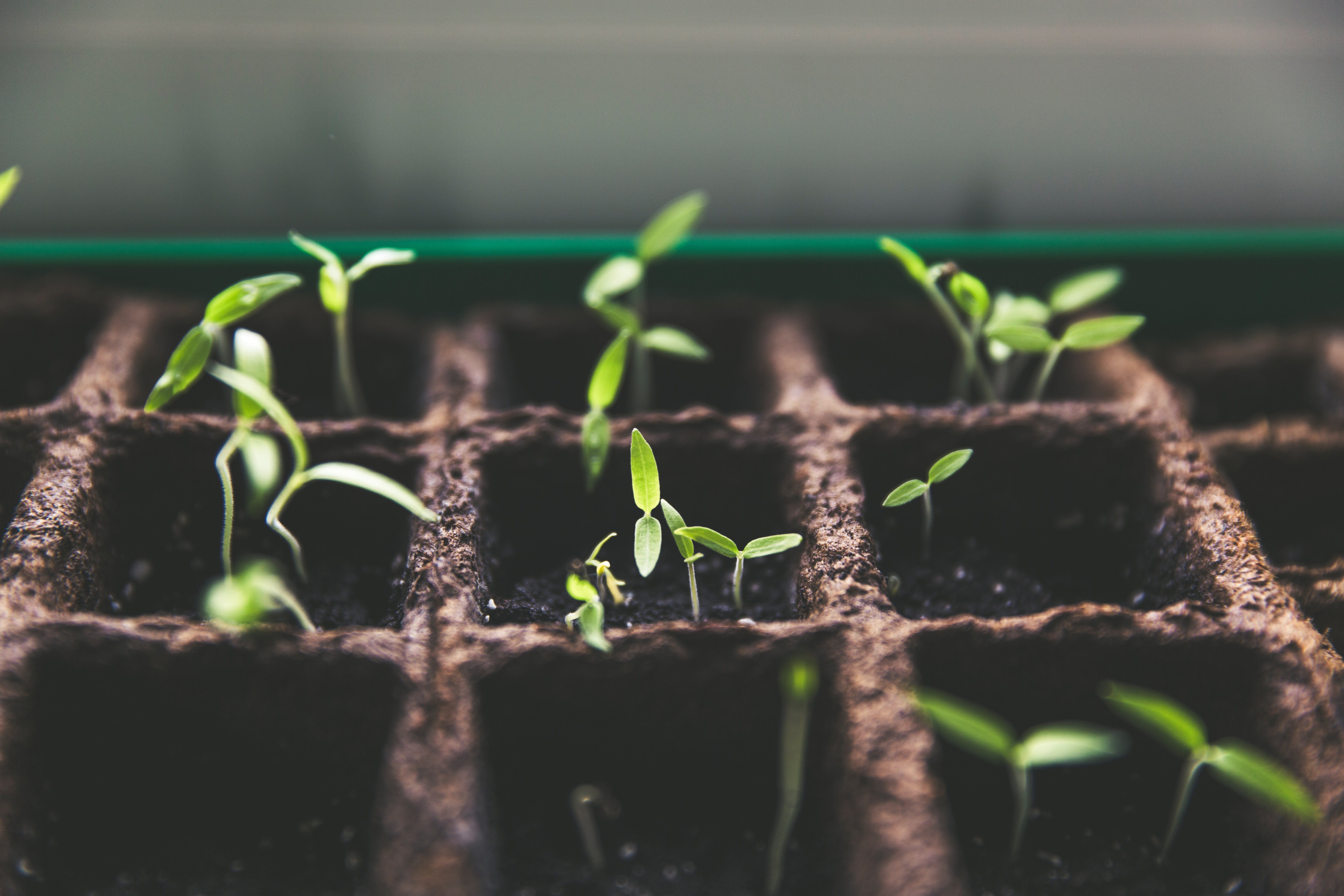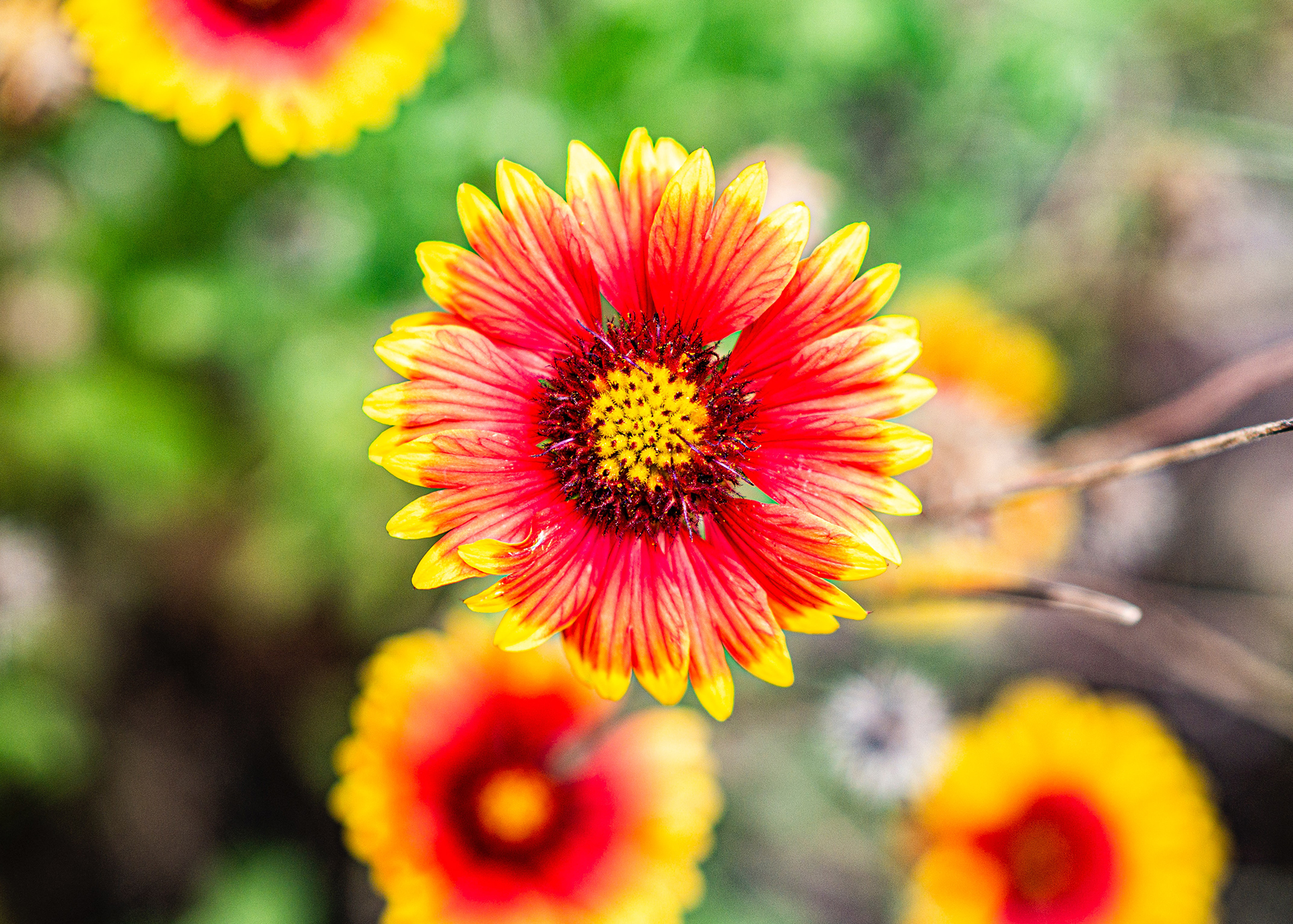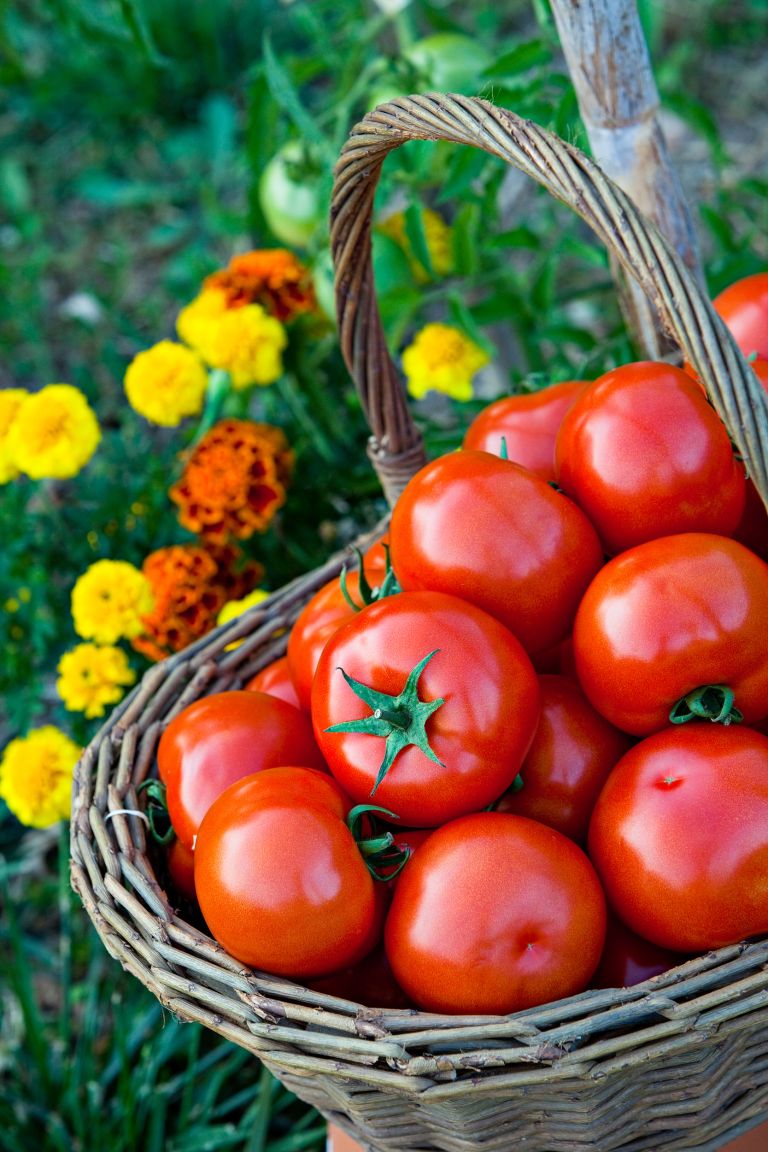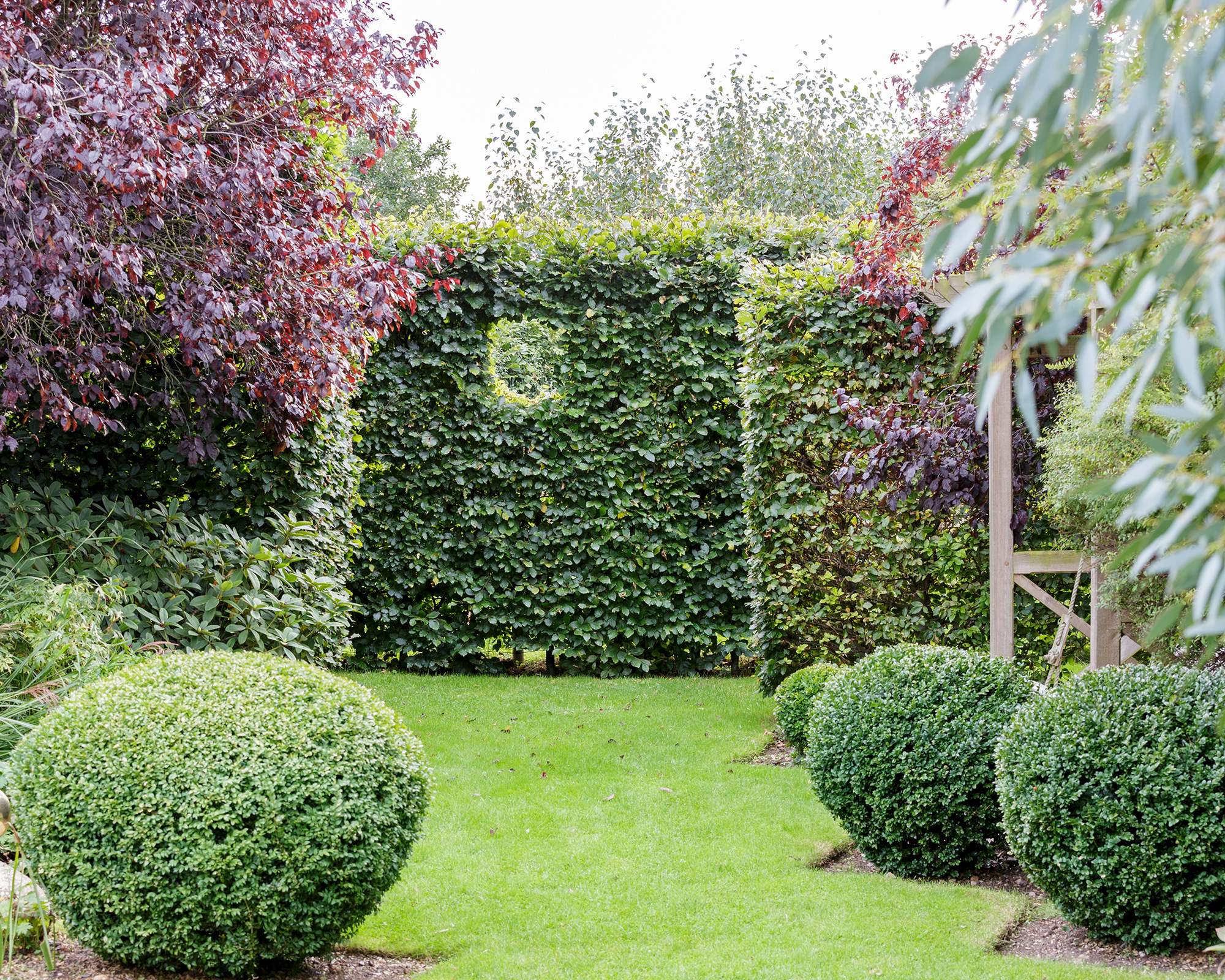Garden jobs for May – what to do, seeds to sow, and flowers to plant
These essential garden jobs for May will get your plot ready for the long, glorious summer ahead


There are a number of important garden jobs for May that will keep your plot in great shape and get it ready for the warmer months to come.
At this time of year, the garden is on the precipice of summer – lush and full of new life, waiting to burst forth in all its floral glory. Put in a bit of work now, and you will enjoy a long season of all the beauty nature has to offer in your own backyard.
See: Garden ideas – inspiration and ideas for outdoor spaces
Garden jobs for May on the flower plot

If you want to maximize blooms this summer, then May is the ideal time to put your efforts into sowing and planting, as most annuals can be planted out this month.
Tender bedding plants are also widely available to buy, but don’t plant them out too soon, or you’ll risk losing them to bad weather.
Plant out annuals
One of the most important garden jobs for May is to plant borders and containers with annual flowers, which will bolster your perennials and provide summer-long color.
Half-hardy and tender annuals are vulnerable to cold weather, so you will need to harden them off before planting out. Do this once the risk of frost has passed.
Design expertise in your inbox – from inspiring decorating ideas and beautiful celebrity homes to practical gardening advice and shopping round-ups.
Popular annuals include cosmos, zinnias, nasturtium, nicotiana, verbena, phlox, tagetes, amaranthus and lobelia.
See: How to grow zinnias – an essential guide
‘Hardening off is important and will mean much faster growing and longer-lasting flowers,’ says celebrity gardener Monty Don in his monthly advice blog. ‘Do not plant them out immediately but put them in a sheltered place for a week to acclimatize to your garden.’
When planting out, follow the spacing advice provided on the label or packet. Or, if in doubt, plantswoman Sarah Raven recommends leaving 12 inches (30cm) between most annuals to allow them enough room to spread out.
Sow more seeds
In May, get busy sowing fast-growing annuals such as zinnias, sunflowers and poppies. These are perfect for filling gaps in your borders and will add plenty of colour. At this time of year, most seeds can be sown directly, but start them off under cover if temperatures are still low.
‘May is an ideal time of year to sow seeds under cover,’ says gardening expert Mick Lavelle, who is also senior lecturer in horticulture at Writtle University College. ‘If you don’t have a greenhouse, don’t worry as you can quite easily use a windowsill.’
As well as annuals, you can start growing many biennials from seed in May, such as foxgloves, honesty, Arctic poppies, sweet William and wallflowers. These will flower the following year.
Plant roses
Bare root rose planting season ended in April, so May is the ideal time to buy roses in pots from garden centers, and plant them out for a dazzling display this summer.
See: How to plant roses – an essential guide
‘There are so many delightful roses to choose from for different situations – from climbers to miniatures for pots on the patio. Decide where you’d like to add roses, whether you just want to cover a wall or arch, mix in with herbaceous plants or start a dedicated rose garden,’ says gardening expert Leigh Clapp. ‘Consider your color scheme, the combination of scents and if you’d like a blaze of flowers in one blooming or repeat-flowering options.’
Stake tall plants
Most tall plants benefit from some sort of support, whether annual cosmos, biennial foxgloves or perennial delphiniums. Adding stakes or netting to support these plants is a key garden job for May.
‘Any plant that has been knocked or collapsed never looks the same, however carefully you prop it up, so the secret is to support plants before they need supporting,’ says Monty Don. ‘If you place supports in position whilst the plants are still relatively short they will quickly be hidden by the new growth.’
Using willow sticks and jute netting offers a softer, more natural look than bamboo sticks and green plastic netting. Add caps to the tops of canes to protect you from hurting yourself on the pointed ends.
Sow a wildflower meadow
Adding a wildflower meadow to your garden – even in a small corner – is a wonderful way to entice butterflies, bees and other precious pollinators, and will add a romantic, wild feel to your plot. May is a good time to sow a meadow, as it gives time for the flowers to establish in time for summer.
Wildflowers prefer poor, dry soil, but the site needs to be sunny, weed-free and well-drained. You’ll need to rake the soil well, and potentially mix in sand, to make a fine seed bed before sowing the seed.
‘I would advise starting with an annual mix, and experiment with the look you are after, before graduating to sowing one of the perennial mixes,’ says Leigh Clapp. ‘Grasses and wildflower mixes take longer to establish, will start to look good in the second year and improve from then on. Select a cornfield annual mix for a display the first summer, with a show of poppies, cornflowers and marigolds,’ says Clapp.
Plant up hanging baskets
Traditionally hanging baskets are planted up in April, but if you haven’t done it yet you can add it to your list of garden jobs for May. ‘The commonest basket type is a wire cage. This must be lined, and while you can buy a ready-made liner, moss is much more attractive,’ says Mick Lavelle, who offers tips for creating voluminous baskets.
‘Use a good, peat-free multi-purpose compost for summer bedding plants, but only fill the basket two-thirds full for now. Nestle a small flowerpot into the centre of the basket, so that its rim is just below that of the basket, and fill the pot with shingle or gravel. This will make watering easier and help stop it splashing over the sides.
‘To arrange the plants in the basket, start with central blooms to create a full appearance. Choose a variety with a compact and bushy growth habit. Next, position trailing plants around the edges to cover the sides of the basket. Finally, carefully fill in around the root-balls with more compost, before watering.’
Give plants the Chelsea Chop
The Chelsea Chop is so called because it takes place at the same time as the world-famous Chelsea Flower Show. Essentially, it involves pruning perennials at just the right time to extend the flowering season.
‘Many perennials benefit from the Chelsea Chop,’ says Leigh Clapp. Consider performing it on heleniums, penstemons, echinacea, sedums, asters, rudbeckia and phlox. ‘Simply cut back by a third to make sturdier plants that flower slightly later.’
However, not all perennials respond well to this method, so if in doubt, check before making the cut.
Garden jobs for May on the veg plot

There are several key garden jobs for May on the veg plot. A number of tender young plants can be started off or planted out, and you can begin to make preparations for protecting crops against pests.
Plant out tomatoes
After the last frosts in late May, you can plant out your tomato seedlings. Whether bought from the garden center or lovingly nurtured from seed, it’s best to harden them off first, to ensure they can adapt to the change.
Monty Don advises that you bury the stems deeply when planting tomatoes – ‘right up to the bottom leaf as the buried section of stem will develop extra roots,’ he says.
See: Growing tomatoes – an expert guide
As your plants are growing, it is important to remove side shoots and competing stems from cordon varietes. ‘They grow with extra vigour and although they do bear trusses of fruit, they take energy from the plant and reduce the overall harvest as well as making a cordon plant straggly,’ says Don.
Plant runner and French beans
Once the soil has warmed up, you can direct sow French and runner beans. Alternatively, start them off under cover so you can plant them out in early June.
When growing beans, it’s best to sow them in succession, so that you don’t end up with one big glut in the summer. Plant fortnightly to stagger the harvest.
Both French and runner beans can be grown in space-efficient pots or bags on the patio, and look attractive as they grow, so are brilliant options for smaller gardens.
Sow salads and herbs
Sow lettuce seeds in succession, once every week or two, to ensure a continuous crop throughout the summer. Most herbs can also be sown or planted out now, including basil, coriander, parsley, sage and rosemary.
‘Direct sow basil, particularly alongside tomato seedlings to help draw white fly away from the fruit,’ says Sarah Raven.
See: Companion planting – your ultimate guide
Maintenance garden jobs for May

Along with the more enjoyable tasks of sowing and planting, there are a number of essential maintenance garden jobs for May, to help keep your plot in good condition.
Keep on top of weeds
The competing sun and rain in May makes the ideal conditions for weeds to thrive. Once weeds are left to become established, they will self-seed and start rapidly multiplying, so you must keep on top of removing them.
Unfortunately pulling them up is a tedious job, but a bit of hard work now will pay dividends in the years to come. ‘Hoe around plants in beds and borders on dry days to keep weeds down and stop them from self-seeding,’ says Clapp.
You can also apply a weed and feed to your lawn now, to keep it pristine.
Trim hedges and shrubs
‘May is the time when plants really start to grow in earnest and hedges, or other closely clipped shrubs, soon develop a rather shaggy, unruly appearance; this is especially true with specimens grown as formal shapes,’ says Mick Lavelle.
Now is a good time to lightly trim conifer and evergreen hedges. ‘However, before cutting a hedge, check that no birds are nesting; if there are, wait until late August or September.’
‘Cut back untidy tender shrubs and sub-shrubs, such as penstemon, artemisia and fuchsia, now that the frosts have passed,’ adds Leigh Clapp.
See: Garden wall ideas – create a boundary or define a space with a vertical structure
Keep pests in check
‘As the growing season reaches its peak, it is not only plants that find conditions to their liking. Among your treasured flowers and produce is an army of pests, seemingly hell bent on devouring your prize specimens,’ says Lavelle.
Arguably the worst of these pests is a small black beetle known as the vine weevil, which feed on a wide range of ornamental plants and fruits, especially those grown in containers.
‘Adult weevils eat leaves and are rarely a serious problem; whereas the grubs eat roots and can be very damaging.’
The most effective – and environmentally safe – control is attained by using microscopic nematodes. ‘The most effective of these is a species called Steinernema kraussei, which kills the larvae. They are easy to use and can be bought online or in garden centers,’ adds Lavelle.
Other critters to be on your guard for include slugs, sawfly larvae, fruitworms and lily beetle.

Melanie has worked in homes and gardens media for two decades. Having previously served as Editor on Period Living magazine, and worked on Homes & Gardens, Gardening Etc, Real Homes, and Homebuilding & Renovating, she is now focusing on her passion for gardening as a Senior Editor at Gardening Know How. As a keen home grower, Melanie has experimented with pretty much every type of vegetable at some point – with mixed results. Often it is the simplest things that elude you, which may explain why she just can't seem to master zucchinis.